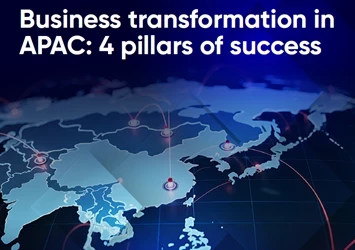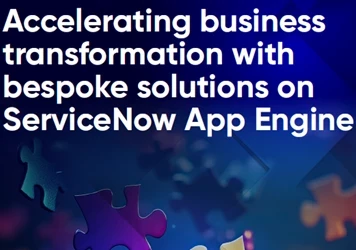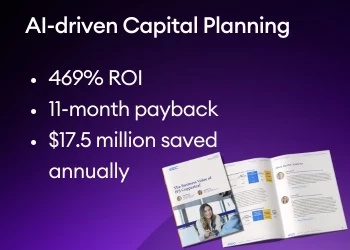Burn the ship moments in a VUCA world: The bold leadership choice that matters most
In an era of relentless disruption driven by AI and automation, bold action may be the only way to survive
Add bookmark
Today’s business leadership landscape looks very different from the world where traditional playbooks were created. Volatility, uncertainty, complexity and ambiguity (VUCA) are no longer occasional disruptors; they are, in fact, the environment we operate in.
They are the new normal that leaders must negotiate and navigate every day. Hence the leaders have an important choice to make – will you act with intent or let circumstances decide for you and risk drifting into irrelevance?
During a recent conversation with peers in my executive network, the metaphor ‘burning the ships’ came up, and it struck a chord. As the legend goes, when Spanish conquistador Hernán Cortés landed in the New World in 1519, he ordered his crew to burn the ships, eliminating any chances of retreat. Whether or not the tale is true, the message is significant; sometimes the only way to move forward is through bold and irreversible action.
In this era of relentless disruption driven by artificial intelligence (AI) and automation, bold action may be the only way to survive.
Join the PEX Network community
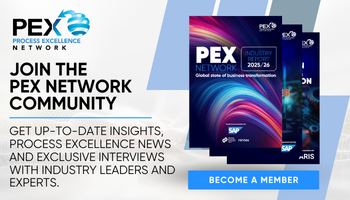
Don't miss any news, updates or insider tips from PEX Network by getting them delivered to your inbox. Sign up to our newsletter and join our community of experts.
Learn MoreVUCA is no longer a theory – it is the new normal
The term VUCA was originally coined by the US Army and is the apt acronym to reflect the current environment:
- Volatility: Market swings, technological evolution, chaos in the supply chain.
- Uncertainty: Unpredictable shifts in customer demands.
- Complexity: Fragmented platforms, competing priorities.
- Ambiguity: Lack of best practices.
Organizations that clearly communicate expectations and direction see significantly higher change in adoption and engagement levels. In short, clarity isn’t optional; it’s a performance multiplier.
Below are a few examples of how these dynamics are unfolding across some key industries:
- Retail: Chains like Bed Bath & Beyond fell behind in adapting to digital and automation, while Walmart surged ahead with AI-enabled inventory and fulfillment.
- Healthcare: Telehealth exploded post-COVID, but integrating systems and navigating regulation remains a massive challenge.
- Manufacturing: Labor shortages and logistical shocks accelerated interest in digital twins and robotics.
- Media and advertising: AI-generated content, audience targeting shifts and measurement disruption have turned traditional models upside down.
Here’s the bottom line: inaction is the new form of risk.
In every major transformation I’ve been part of, there comes a moment of truth, when leaders need to stop testing and start committing. It’s uncomfortable. There’s risk, but waiting for consensus or perfect data often does more damage than acting on a bold, informed decisions.
Below are a few examples to substantiate the argument:
1. Decommissioning legacy tools with no roadmap
Shutting down outdated manual systems, often held together by tribal knowledge and maintained by just a handful of experts, despite the fear of short-term disruption. It sends a message: we trust in scalable, modern workflows, not workarounds.
2. Retiring misaligned performance metrics
Letting go of periodic KPIs that no longer reflect the speed or impact of digital transformation. In a world that moves in real time, metrics must evolve from measuring stability to measuring momentum.
3. Embedding automation into the fabric of every team
Moving automation out of the hands of a central center of excellence and into the daily rhythm of every team, treating it not as a function, but as a capability. When everyone owns automation, transformation scales. A 2025 Business Insider report revealed that firms like McKinsey and Deloitte are embedding AI assistants across their workforces, with 70 percent of consultants at McKinsey now using the ‘Lilli’ AI assistant, saving 30 percent of time on average. These are not experiments; in reality, they are enterprise-wide operational shifts.
It is very difficult to lead through this uncertainty. However, there is a framework that can help ground your approach and guide your next move.
The 7Cs of leadership in a VUCA world
- Clarity: Set direction even when everything around you is murky.
- Confidence: Calm, steady presence matters more than bravado.
- Courage: Step into uncertainty without all the answers.
- Commitment: No wavering. Teams can smell doubt.
- Communication: Often, openly and with real feedback loops.
- Collaboration: The boldest ideas die in silos.
- Creativity: Rigid plans break; inventive mindsets adapt.
Join us at All Access: AI in Business Transformation 2025!
Honestly, I have leaned on some of these more than others. There were times when clarity was hard to come by, but courage and communication kept the wheels turning. Here’s what I’ve learned leading automation and transformation across industries.
Set a non-negotiable vision
Without a shared view of the “next state,” transformation feels like drift. DBS Bank famously declared its intent to be “the digital bank of choice” and then re-engineered over 200 core processes to back it up.
Replace incrementalism with commitment
Forget endless POCs. Choose one problem and go deep. Whether it’s billing, onboarding or data flow, solve it end-to-end.
Hardwire the new way of working
Governance isn’t glamorous, but it makes or breaks momentum. Redesign funding, KPIs and incentives so they reward experimentation and progress, not just control.
Let AI reimagine the process
AI can be an optimizer, but it’s much more powerful as a reimaginator. Capital One didn’t just use AI to crunch numbers, it redesigned decisioning engine around it, including real-time underwriting.
I’ve heard this too often: “let’s wait and see.” Here’s the thing, by the time you see it, someone else has already moved. You don’t need perfect clarity to move, you need direction, alignment and guts. This isn’t about dramatic gestures. It’s about removing friction so your team can commit fully to what’s next.
- Teach teams to challenge assumptions, not just follow SOPs.
- Reward irreversible moves, not cautious iterations.
- Build for momentum and not maintenance.
In a VUCA world, decisiveness isn’t just admirable, it’s a competitive edge!
Bain & Company found that top marketing firms making bold early bets on tech achieve six-times higher median revenue growth and four times higher marketing ROI than their competitors. While 78 percent of companies have deployed AI in at least one function, only 1 percent report measurable ROI, according to a 2025 Wall Street Journal analysis. The lesson? Pilots without structure, KPIs or scale will not deliver results.
Today, decisiveness isn’t just a leadership quality, it is a real competitive edge. In a world shaped by constant disruption and innovation, hesitation quietly puts you behind. The leaders who will thrive are the ones that commit fully, lead with bold intent and make forward momentum the norm, not the exception.
All Access: Future of BPM 2026
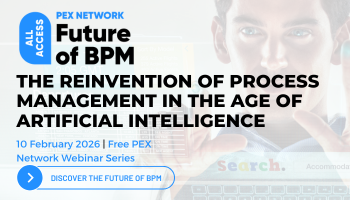
You asked, and we listened. Business process management (BPM) remains the cornerstone technology for driving organizational transformation, according to the survey results featured in the latest PEX Report. As we look toward 2026 and beyond, generative AI, agentic AI, and intelligent process orchestration are redefining how processes are designed, executed, and optimized. BPM is your key to adapting swiftly and effectively in this new era.
PEX Network is bringing together industry leaders, technology innovators, and thought leaders to answer your biggest questions and explore the advancements reshaping business today. And you're invited. Register for free to save your spot now!
Register Now

